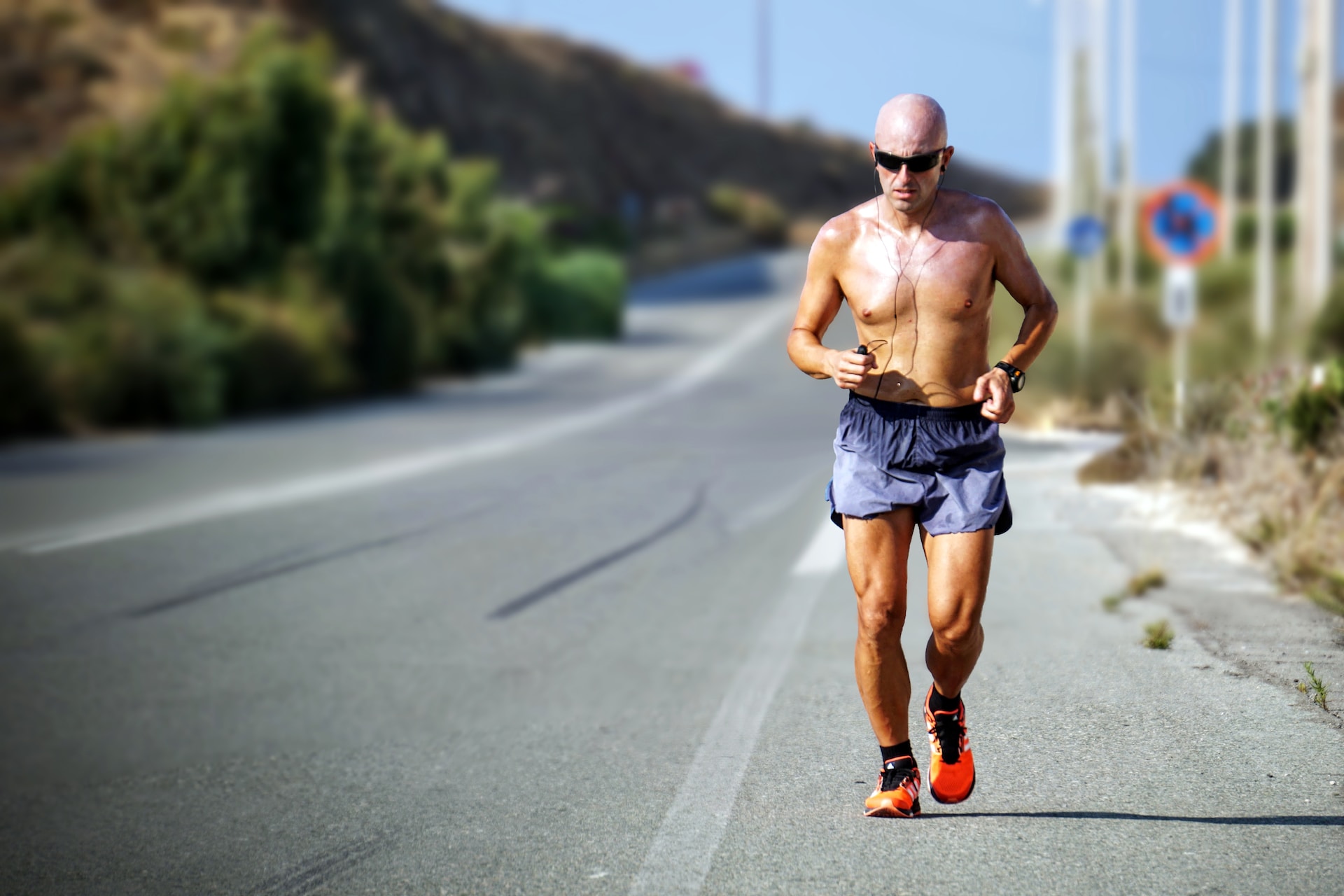
In the world of fitness and sports performance, the term VO2 often emerges as a critical metric to gauge an individual’s cardiovascular endurance and overall fitness level. VO2 max, short for maximal oxygen consumption, serves as a reliable indicator of an individual’s ability to transport and utilize oxygen during physical activities. This pivotal metric unveils not only the efficiency of your cardiovascular system but also provides insights into your athletic potential. In this article, we delve into the finer points of VO2 fitness, exploring its significance, assessment methods, influencing factors, and ways to enhance it.
Understanding VO2 Max:
VO2 max stands as the gold standard measurement of an individual’s aerobic capacity. It represents the maximum amount of oxygen your body can consume during intense exercise. This metric is often expressed in milliliters of oxygen consumed per kilogram of body weight per minute (ml/kg/min). The higher your VO2 max, the more efficient your cardiovascular system is at delivering oxygen to your muscles, resulting in enhanced endurance and overall physical performance.
Assessment Methods:
There are several methods to assess VO2 max, ranging from laboratory-based to field tests:
- Laboratory Tests: These involve using sophisticated equipment like a metabolic cart to directly measure the oxygen consumption and carbon dioxide production of an individual during incremental exercise. The gold standard assessment, however, might not be feasible for everyone due to its intensive nature.
- Field Tests: More accessible methods include the Cooper 12-Minute Run/Walk Test, the Rockport Fitness Walking Test, and the Yo-Yo Intermittent Recovery Test, among others. These tests estimate VO2 max based on performance in a controlled exercise protocol.
- Wearable Devices: With the advent of wearable fitness technology, some smartwatches and fitness trackers claim to estimate VO2 max using heart rate data and other variables. While these estimates can provide a rough idea, they might not be as accurate as lab-based assessments.
Influencing Factors:
An individual’s VO2 max can be influenced by a range of factors:
- Genetics: Genetic predisposition plays a significant role in determining baseline VO2 max potential. Some people are naturally gifted with a higher aerobic capacity due to their genetic makeup.
- Training: Regular cardiovascular exercise, particularly activities that involve sustained high-intensity efforts like running, cycling, and swimming, can lead to substantial improvements in VO2 max. The principle of specificity suggests that training in your chosen sport is essential for optimizing this metric.
- Age: VO2 max typically peaks in early adulthood and gradually declines with age. However, regular exercise can slow down this decline and maintain better cardiovascular health in older individuals.
- Altitude: Training at high altitudes can temporarily boost VO2 max due to the body’s increased need for oxygen adaptation in oxygen-deprived environments.
Enhancing Your VO2 Max:
If you’re looking to enhance your VO2 max, here are some strategies to consider:
- Interval Training: Incorporate high-intensity interval training (HIIT) into your routine. Short bursts of intense exercise followed by periods of active recovery can stimulate significant improvements in VO2 max.
- Aerobic Workouts: Engage in consistent aerobic workouts, gradually increasing intensity and duration. Long, steady-state sessions can contribute to improvements in your cardiovascular endurance.
- Cross-Training: Vary your workouts to engage different muscle groups and energy systems. This approach prevents plateaus and helps in overall fitness development.
- Strength Training: Including strength training in your regimen can enhance muscle efficiency, leading to improved oxygen utilization during endurance exercises.
- Proper Nutrition and Hydration: Adequate fueling and hydration are vital for optimal cardiovascular performance. Proper nutrition supports energy production and recovery, while hydration ensures efficient blood flow and oxygen transport.
Conclusion:
VO2 max isn’t just a number; it’s a window into your body’s efficiency and your potential as an athlete. By understanding the science behind VO2 fitness, you can make informed decisions about your training and overall fitness goals. Whether you’re a dedicated athlete striving for peak performance or someone looking to improve their health, VO2 max serves as a valuable tool on your fitness journey. Remember, while genetics play a role, consistent training, smart workouts, and a balanced lifestyle can unlock your full aerobic potential and take your fitness endeavors to new heights.
Resources:
Phenomenal books that holds the test of time.
Photo by Hayley Kim Studios on Unsplash



